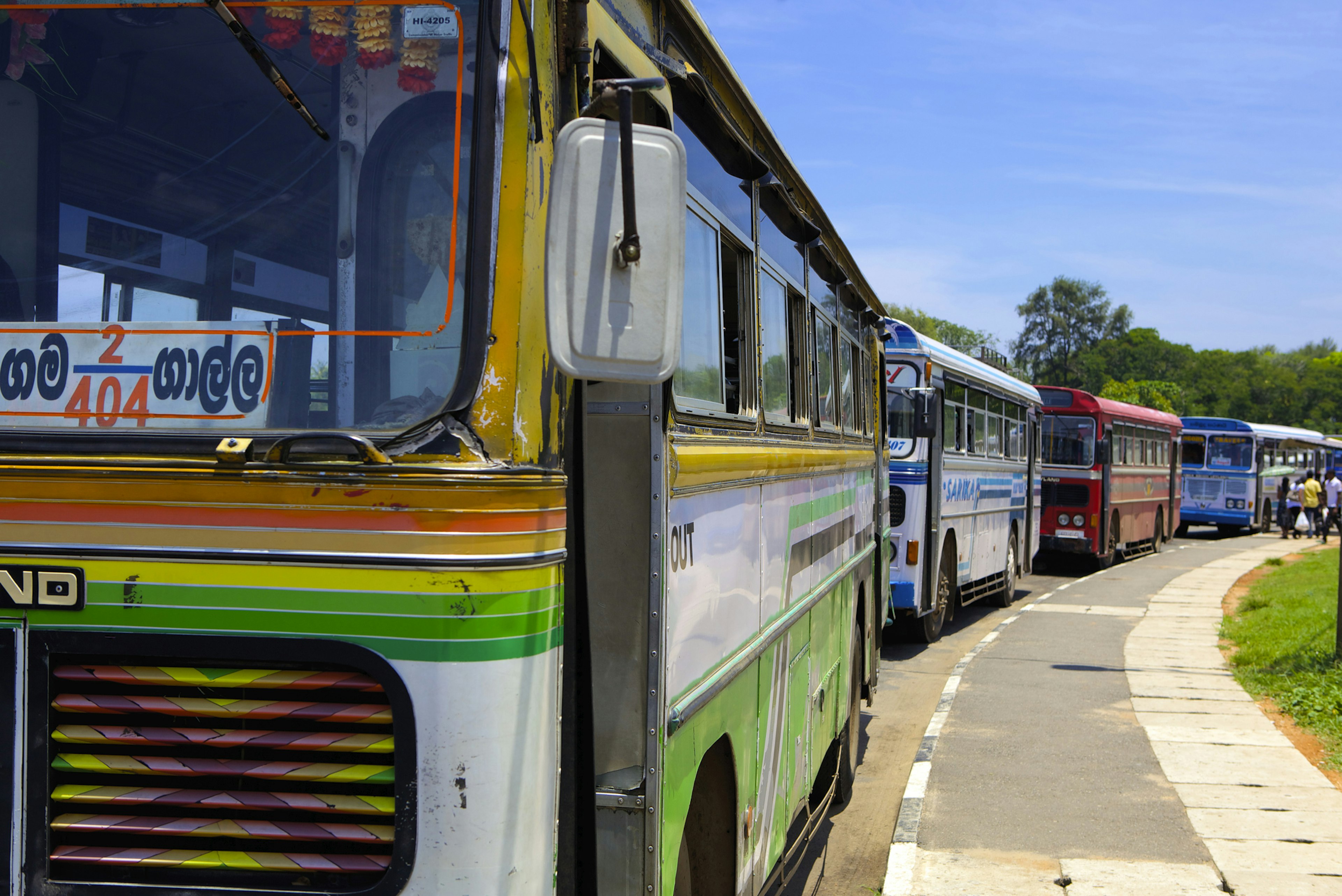Transportation in Sri Lanka: A Guide by iBestTravel
Sri Lanka’s landscape is impressively varied, with grand national parks, otherworldly coastlines, and hilly tea country forming its geographical heart. Consequently, navigating this beautiful island requires an understanding of its diverse transportation options. This guide provides insight into the best ways to travel across Sri Lanka, considering efficiency, comfort, and budget.
Scenic Train Journeys
The major cities and towns of Sri Lanka are well-connected by train, offering an easy, convenient, and sustainable travel method. Although train delays can occur, they are part of the adventure, and it’s essential not to miss out on this unique experience.
Colombo, as the financial capital, serves as a transport hub, with trains connecting various destinations such as Kandy, Nuwara Eliya, Anuradhapura, and Jaffna. In particular, the six-hour ride from Kandy to Ella is one of the most scenic in the world, weaving through plush tea fields. Alternatively, the renovated route from Colombo to Galle offers mesmerizing views of the Indian Ocean.
- Class Options: Sri Lanka’s train system has three classes – first-class tickets provide air-conditioned cabins, whereas second-class usually has fans. Third-class seats operate on a first-come, first-served basis.
- Advance Booking: While first and second-class tickets can be reserved up to 30 days in advance, third-class is more of a gamble. Early booking is advisable to avoid disappointment.
Buses: Filling the Gaps
When train travel isn’t an option, buses become pivotal in connecting various parts of Sri Lanka. Public buses, including those operated by the Sri Lanka Transport Board, are the most affordable, albeit basic, with lively rides often accompanied by loud music.
For a more comfortable journey, consider private buses, which offer more amenities and direct routes. It’s essential to check bus schedules and departure points, as finding your bus can sometimes be challenging. Typically, fares are paid on board, either to the driver or the conductor.
Tuk-Tuks: The Iconic Ride
Tuk-tuks—motorized rickshaws—are perfect for short distances and a quintessential part of the Sri Lankan experience. They provide an open-air ride, letting passengers soak in the sensory delights of the surrounding environment. However, it’s advisable to agree on the fare before commencing your trip.
Hiring a Private Car
For those looking for convenience, hiring a private car with a driver is an excellent option. This provides travelers with greater control over their itineraries as well as insights from local drivers who can recommend must-see attractions and hidden gems.
Self-Driving Considerations
Though it’s possible to hire a car or motorbike in Sri Lanka with an International Driving Permit, it is often not recommended due to high traffic and poorly maintained roads. Unless exceptionally experienced, relying on public transport and local drivers is the safer choice.
Weather Challenges
When planning travel in Sri Lanka, be mindful of the two monsoon seasons, which can significantly affect road travel. Heavy rains can make some roads challenging to navigate, often making train journeys a more reliable option during these periods.
Accessibility in Transportation
While Sri Lanka is advancing in terms of accessibility, challenges remain due to inadequate infrastructure for travelers with reduced mobility. Wheelchair users may find private cars and vans to be the most suitable transport options, as buses typically lack wheelchair access.
For the latest on the best travel methods around Sri Lanka, refer to local tour operators for tailored advice on accessible transport options.






